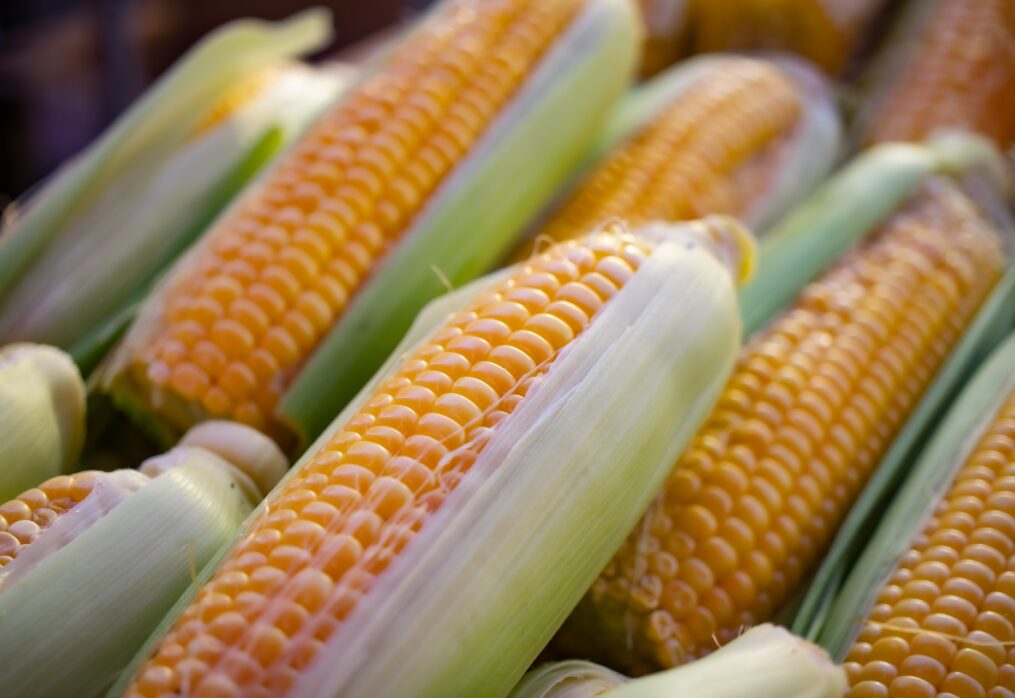US corn and soybean stocks hit record highs
Corn stocks to exceed 2 billion bushels
US farmers expect a record harvest in 2023, which will boost US corn and soybean stocks. The increase in stocks will affect prices for these crops in 2024.
Despite good expectations for corn and soybeans, the outlook for wheat is less optimistic. Grain stocks in the country have fallen to their lowest level in 16 years due to a prolonged drought.
It should be noted that the values for corn, soybeans and wheat in 2022 have fallen significantly due to an increase in global stocks. US crop yields are a severe factor for the worldwide market. The fact is that other countries can expect lower production, which will affect the stability of the export-import process.
Global corn ending stocks for the 2023-2024 marketing year are estimated at 2.2 billion bushels. This compares to around 4.2 billion bushels in the previous marketing year. The experts are forecasting an increase to 335 million bushels for soybean stocks. Their previous estimate was 215 million bushels. Wheat stocks are expected to be the lowest since 2008 at 556 million bushels.
Commodity markets
Commodity markets reacted immediately to the USDA report. Wheat futures jumped 4.8%, the most since April 2023. Analyst expectations were also reflected in corn and soybean prices, leading to lower futures.
The corn crop is forecast to be around 15.3 billion bushels. With an average of 181 bushels per acre. The soybean crop will be 4.5 billion bushels. With an average yield of about 52 bushels per acre. If analysts’ favourable forecasts hold true, the corn harvest will be the largest since 2016. When about 15.2 billion bushels of grain were harvested. Soybean production will be at 2021 levels.
In the 2023-2024 marketing year, world corn consumption will be around 1,161 million tonnes. This figure is lower than in the previous period. Global export shipments will be 175.4 million tonnes, with a similar import forecast. The US will increase its export market share on the back of a bumper harvest but is unlikely to reach the levels of the past five years.
Despite lower US wheat yields, analysts expect world production to rise to nearly 890 million tonnes. A good result will come from Argentina, which is recovering from a prolonged drought. In addition, Canada is planning to expand its acreage, which will also allow for a high yield.
